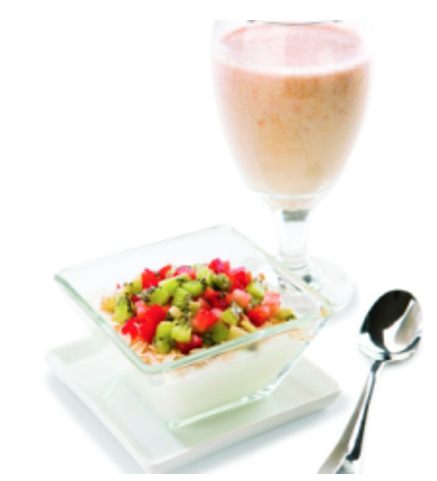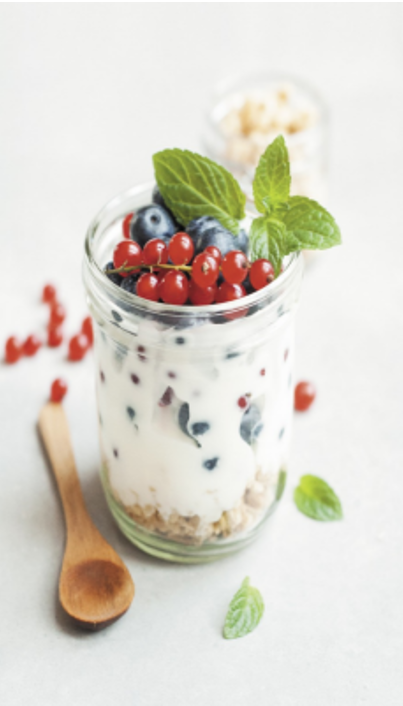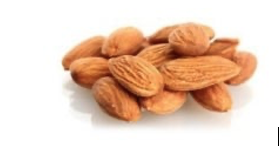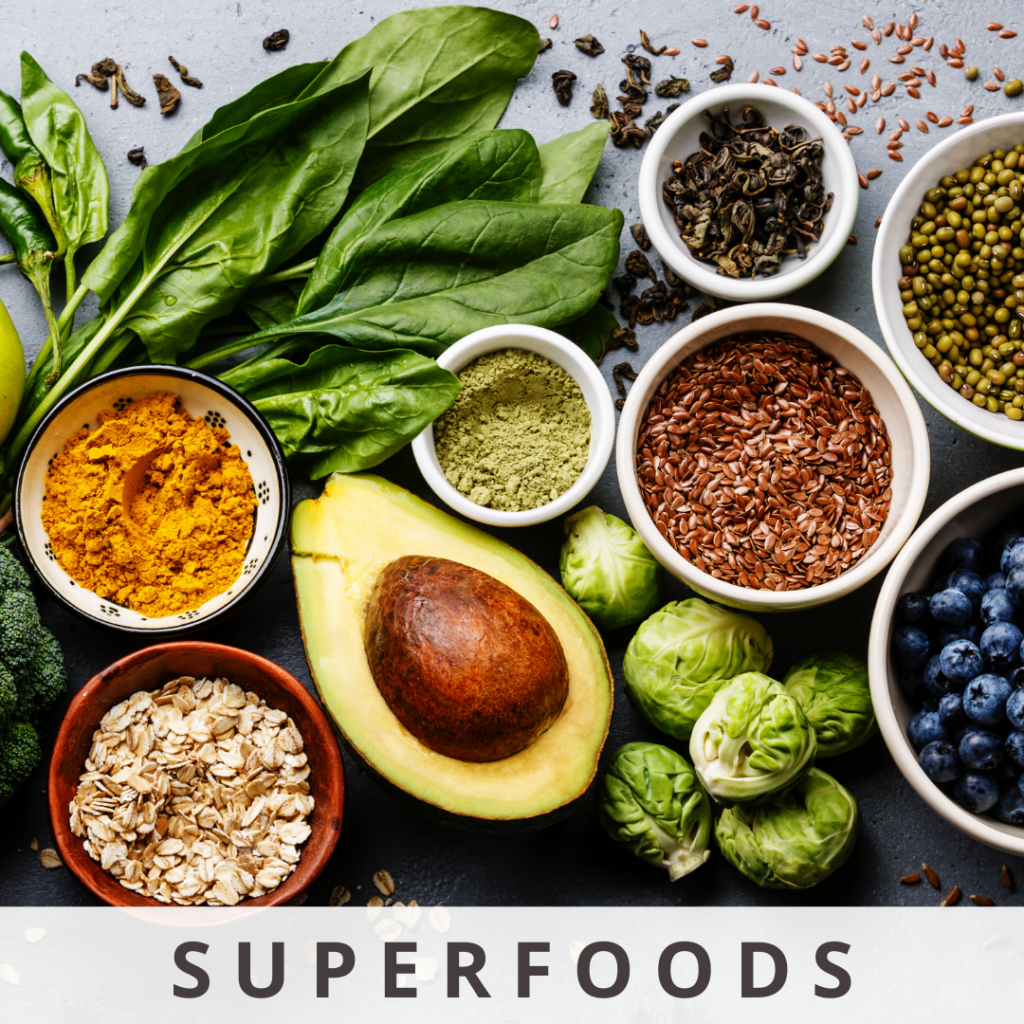
The term superfood is everywhere these days. You may have even said it yourself. But what does it really mean?
According to Oxford Dictionary, a superfood is a nutrient-rich food considered to be beneficial for health and well-being. A food’s nutrient density is what determines if a food is considered super. Nutrient density refers to the amount of nutrients packed into a small volume of food.
Take an apple and a doughnut for example. An apple has approximately 100 calories, provides your body with 4 grams of dietary fiber, and is a good source of vitamin A, vitamin C, calcium and iron. In comparison, a regular glazed doughnut has roughly 200 calories and has very little nutritional value. Although the apple and doughnut are roughly the same volume, the apple is nutrient dense2.
You are what you eat so if you want to feel SUPER, here is a list3 of superfoods to incorporate in your ageLOC TR90 meal plans.
- Low fat or fat-free plain yogurt
- Eggs
- Nuts
- Kiwis
- Quinoa
- Beans
- Salmon
- Broccoli
- Sweet potatoes
- Berries

The comprehensive ageLOC TR90 program consists of innovative ageLOC products, a simple eating plan and active lifestyle tips. Maintaining an active lifestyle plays a key role in weight management by affecting several aspects of your mind and body, including areas targeted by the TR90 program—mood, healthy metabolism and lean muscle mass.
Increased physical activity has been associated with decreased stress levels, decreased overeating and better overall mood, which can help you stick to established eating plans and consume fewer calories1. In addition to the mental aspect, exercise offers metabolic benefits. Not only do you burn more calories by engaging in exercise, your basal metabolic rate increases throughout the day (even after the exercise), resulting in a greater daily caloric expenditure2.
Beginning an exercise program can be intimidating if you have never incorporated regular exercise before or if you haven’t engaged in regular exercise for an extended period of time. Here are three simple tips to incorporate an exercise plan into your TR90 program.
1. Start out easy. Gradually working into physical activity helps you avoid getting too burned out after the first time. Muscle soreness often accompanies novel physical activity, and easing into a new activity can help to prevent this discomfort. Try start out at 15 to 30 minutes for 3 to 5 days a week, and then gradually increase the intensity and frequency.
2. Have a plan and stick to it. Having a plan removes the guesswork from exercise. It becomes easier to accomplish if you already know what you are going to do and how long you are going to do it. Your daily schedule can become busy quickly, and scheduling physical activity into your daily routine ensures you don’t leave it out when time gets crunched.
3. Finally, pick an activity you enjoy. The more you dread the activity, the more likely you are to leave it out of your busy schedule. Walking or jogging enjoyable routes, aerobics or zumba classes, or bike riding are great ways to exercise in an enjoyable way. Whatever activity you select, consistency is the key. By being physically active 30 to 60 minutes most days of the week, it becomes easy to add the benefits of exercise to your weight management efforts.
Just living in our modern world continuously exposes our bodies to a variety of destructive oxidants, often referred to as free radicals. These free radicals can accelerate the aging process and damage cell structure. Everything from pollution and cigarette smoke to sun exposure, or even just metabolizing the food we eat, exposes our bodies to these damaging agents. Our bodies do have a number of defense mechanisms to offset damage by these oxidants. However, when our exposure to these oxidants chronically exceeds our antioxidant defenses, a state of oxidative stress develops, leading to cellular damage.
The Color of Carotenoids
Some of the most abundant antioxidants present in fruits and vegetables are carotenoids with more than 600 of these pigments identified in nature so far. Carotenoids are responsible for many of the bright red and orange colors found in fruits and vegetables.
Therefore, the more colorful fruits and vegetables you eat, the more carotenoids you consume and the higher your antioxidant status.
One unique carotenoid that does not come from fruits and vegetables is called astaxanthin. It is the carotenoid that is responsible for the pink color in salmon, shrimp and lobster. The main sources of astaxanthin that you will find in dietary supplements are algae and krill oil. It is also the reason flamingoes are pink, because they eat a diet with high levels of astaxanthin.
Consuming Carotenoids
What you may be surprised to learn is that carotenoids are fat-soluble and require fat for absorption even though they come from fruits and vegetables, which typically don’t contain any fat. That is why it is a great idea to add healthy sources of fat to your salads and other dishes that contain carotenoid-rich fruits and vegetables.
Benefits
Carotenoids are unique in their antioxidant function. Due to their elongated structure, carotenoids have the ability to absorb damaging oxidants like singlet oxygen – a free radical that is generated by ultraviolet sun exposure. This is one of the reasons nutrition scientists believe carotenoids accumulate in larger concentrations in tissues exposed to the sun such as the skin and the eye.
In addition to providing antioxidant protection, alpha-carotene, beta-carotene, alpha-cryptoxanthin and beta-cryptoxanthin all have the unique distinction of being pro-vitamin A molecules. That means that these four carotenoids can be converted to vitamin A in the body and, therefore, contribute to immune function, eye health and other vitamin-A-related functions.
Now you know a little bit more about the why behind all of the hype around eating a diet rich in colorful fruits and vegetables – the red and yellow colors come from protective antioxidants – the carotenoids.

TIPS:
Things like olive oil, nuts and/or avocado can all help increase the absorption of carotenoids from the fruits and vegetables you eat. Some foods, like tomato sauce made with olive oil, provide both the carotenoids from the lycopene in the tomatoes and the fat source required to absorb them.


I really like this article. It provides suggestions for living a healthy life.
Thank you Rory for your comment!
Thank you both David and Teri for sharing your youthful secrets with us all. I am looking forward to taking this journey with you both.
Love,
Walters
Congratulation to my dear Terri and David
I really enjoy reading these articles you provide.
Well done !
You are going to help so many people with your knowledge and efforts .
Wish a lot of success for your new journey
Lida, thank you so much for your kind words and support. We truly appreciate it.